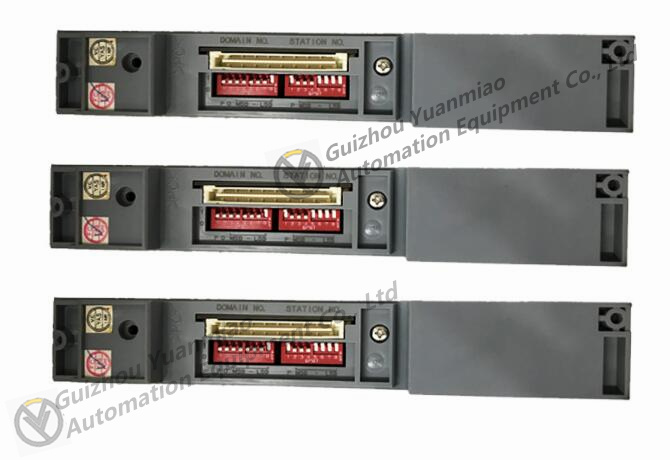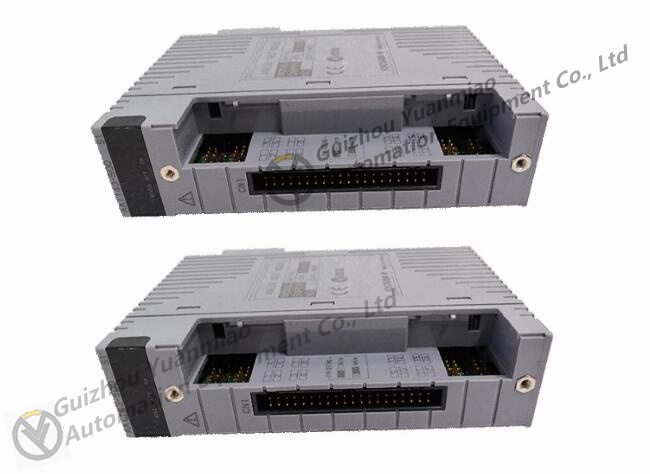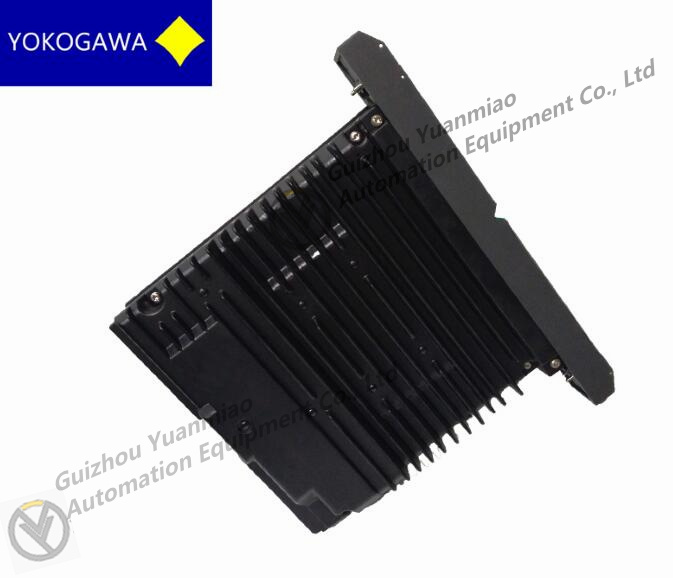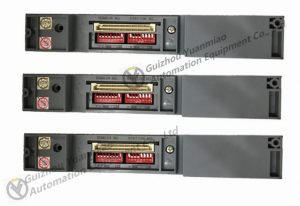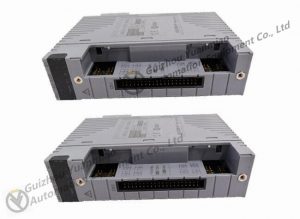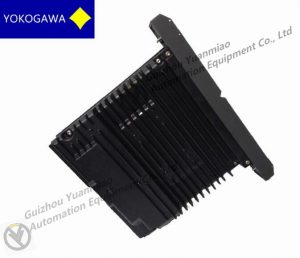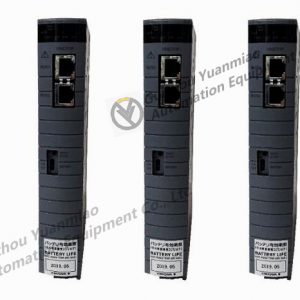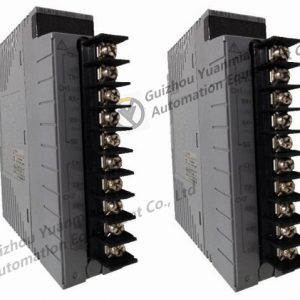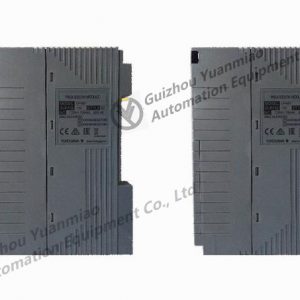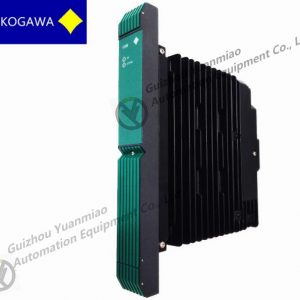VC401-10 Analog Input Electronic Module
The application of PLC control system communication programming automation process module in YOKOGAWA VC401-10 integrates distributed control system (DCS) with other systems, which is crucial for achieving efficient control solutions. By connecting DCS with other systems such as SCADA, MES, and ERP, the industry can enhance its monitoring, control, and decision-making capabilities. Monitoring and Data Acquisition (SCADA) systems are used to monitor and control large-scale industrial processes, typically covering vast geographical areas. Although DCS primarily focuses on controlling and managing processes within a single facility, SCADA systems provide higher levels of supervision and control between multiple facilities or remote sites.
Integrating DCS and SCADA systems can bring the following benefits:
Centralized monitoring: By integrating DCS with SCADA, operators can monitor the processes of multiple facilities from a central location. This enables more effective resource management, faster response to process disruptions, and improved decision-making.
Data aggregation and analysis: SCADA systems can collect and aggregate data from multiple DCS installations, providing a view of the entire operation. These data can be used for performance analysis, trend identification, and process optimization of the entire organization.
Alarm management and event notification: The SCADA system can provide centralized alarm management and accident notification, enabling operators to quickly identify and respond to process disturbances or equipment failures. This helps to minimize downtime and improve the reliability of the entire system.
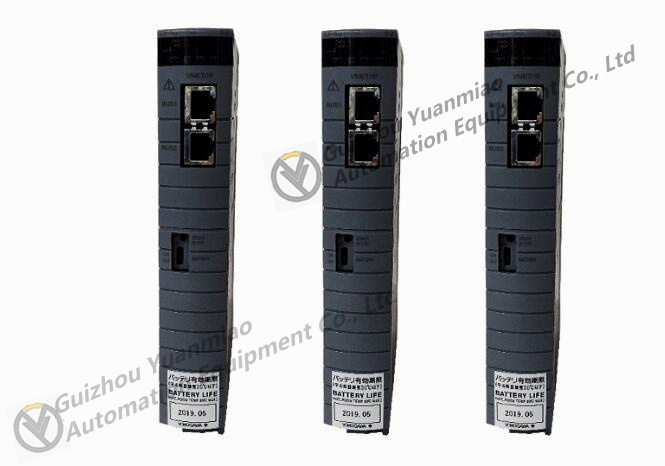
Encoder Interface: The VC401-10 module typically supports multiple encoder interfaces, such as RS-422, TTL, etc., to adapt to different types of encoders.
Multi channel support: It typically has multiple encoder input channels, allowing for the connection of multiple encoder devices.
Encoder type: The YOKOGAWA VC401-10 encoder module typically supports different types of encoders, such as absolute encoders or incremental encoders.
Resolution: The YOKOGAWA VC401-10 encoder module typically supports high resolution to provide accurate position measurements.
Counting function: It is usually able to count encoder pulses and report position changes or motion status.
Speed measurement: The YOKOGAWA VC401-10 encoder module can usually calculate rotational or linear speed to support motion control applications.
Encoder filtering: Some modules have built-in filters to smooth the encoder signal and reduce noise.
Communication interfaces: These modules typically have various communication interfaces, such as Ethernet, RS-232, RS-485, Modbus, etc., to transmit encoder data to other devices or control systems.
Industrial grade durability: The VC401-10 encoder module is typically designed for industrial environments and features high durability, vibration resistance, and adaptability to various working conditions.
Applicable fields: The YOKOGAWA VC401-10 encoder module is widely used in industrial machinery, automation systems, machine control, position measurement, and positioning applications.
Software support: There is usually configuration software provided together with the module for users to set up and monitor data.
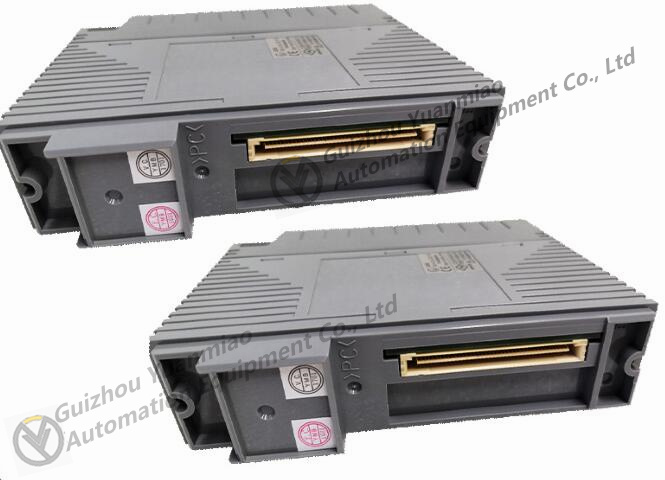
| YOKOGAWA | CP345 |
| YOKOGAWA | F3BU06-0N |
| YOKOGAWA | F3LC21-1N |
| YOKOGAWA | F3NC01-0N |
| YOKOGAWA | F3NC02-0N |
| YOKOGAWA | F3PU06-0N |
| YOKOGAWA | F3PU10-0N |
| YOKOGAWA | F3SP21-0N |
| YOKOGAWA | F3WD64-3N |
| YOKOGAWA | F3XD64-3N |
| YOKOGAWA | F3YD64-1A |
[Disclaimer]
Our company sells new products and discontinued products, and purchases such special products through independent channels. Guizhou Yuanmiao Automation Equipment Co., Ltd. is not an authorized distributor, distributor or representative of the featured products of this website. All product names/product images, trademarks, brands and microlabels used on this website are the property of their respective owners. Product descriptions, descriptions or sales with these name images, trademarks, brands and logos are for identification purposes only and do not represent any association or authorization with any right holders.

